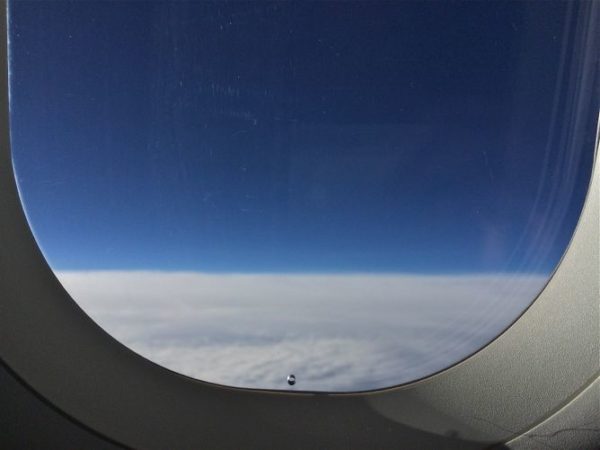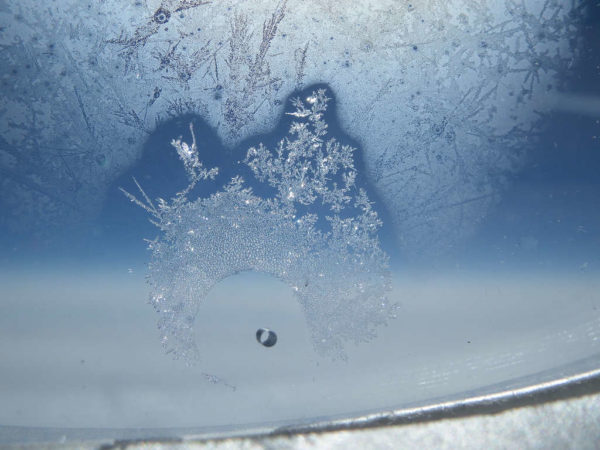When you travel on an airplane, you presume it to keep you safe and sound until you land to your destination. It’s not much to expect, really. But, what if I tell you that there are holes punched at the bottom of the window.
Have you not noticed it before? Oh, damn! I can only imagine the panic you must feel at this very moment. Worry not! The hole is not planned out to get you sucked out in the open air, 30, 000 feet above the ground. But, if it’s not a well-planned conspiracy of murdering you, then why?
Oh, well this is exactly why!

Here’s the answer-

Cruising at 10,600 meters (35,000 feet), the pressure is around 1.5 kilograms (3.3 pounds) per square inch. This is too low for the human body to stay conscious, so the pressure is artificially maintained at around 3.5 kilograms (8 pounds) per square inch.

Well, the pressure is good for passengers, but not for the airplane, which needs a way to release some of the strain this puts on the airplane.

This is where the tiny hole helps. These tiny looking holes are called bleed holes and play a crucial part in keeping the planes safe.

Airplane windows have three different tiers: outer, middle and inner panes, all of which are made of a super strong synthetic resin. The inner layer is the ‘scratch cover’, which stops people from being able to poke the real window. It’s the middle pane that has the mysterious little hole. It’s called a breather hole and it’s used to regulate the amount of pressure that passes between the window’s inner and outer panes.

The bleed hole, then, allows pressure to be balanced out between the cabin and gap between panes. It also helps to release moisture and minimise the frost or condensation blocking your view.
If you increase the pressure inside, the structure has to be strong to hold the difference between the external pressure and internal pressure. The little hole allows pressure between the air in the passenger cabin and the air between the outer and middle panes to equilibrate. If the hole weren’t there, the windows would either ‘implode or explode’.

In short, the system ensures that the outer pane bears the most pressure so that if there were a situation that caused added strain on the window, it’s the outside panel that gives out. The breather hole also allows circulation between the window panes. It let’s warm air in between the two panes keeping the outer window from getting fogged up from the really cool air outside.
Mind Blown!

Also read: Here’s Why You Have to Switch Your Phone to Airplane Mode On a Flight
















